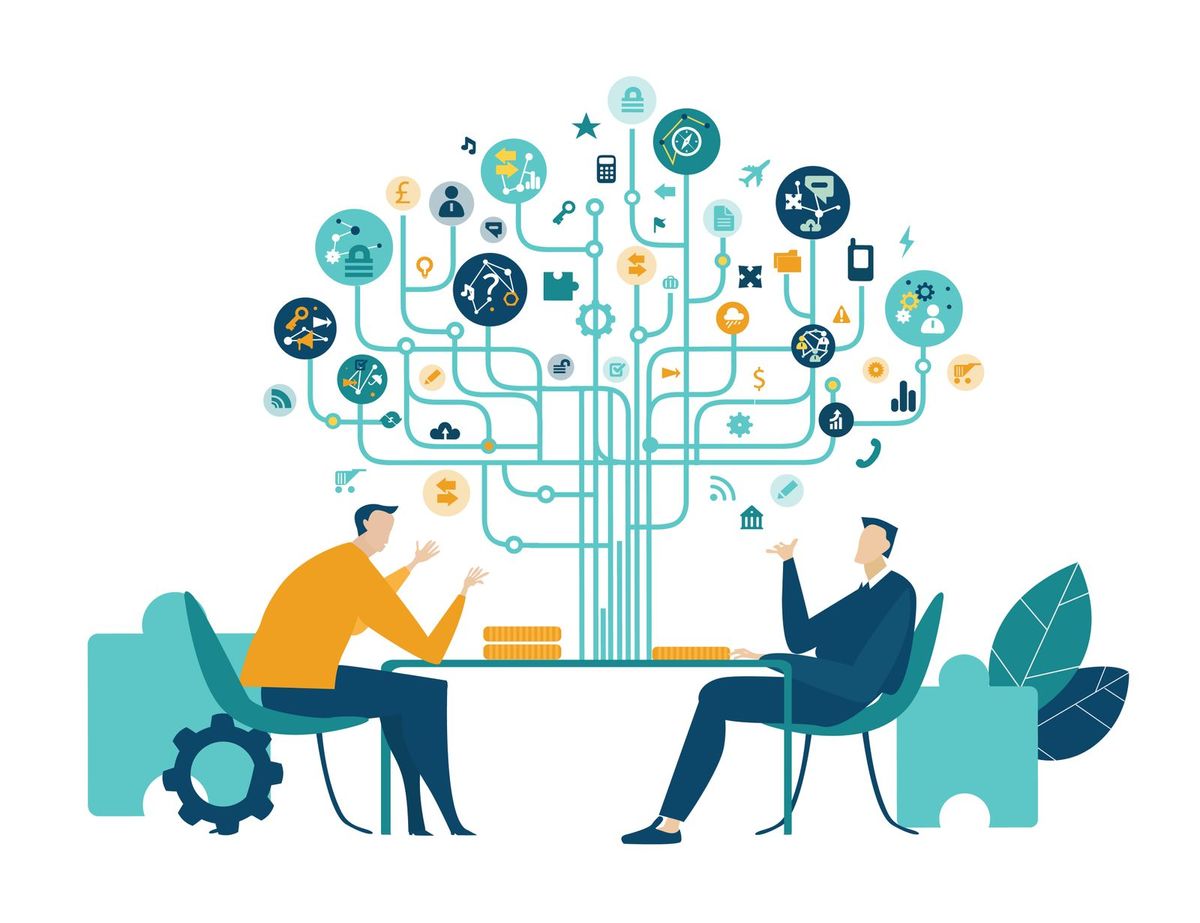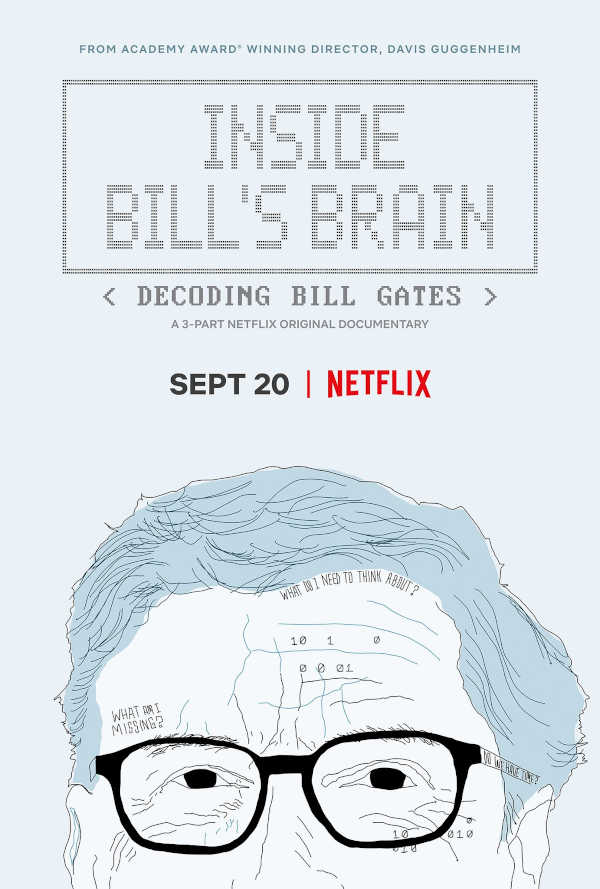Drawing From Experts
All of us, consciously or subconsciously, push every decision through our own set of pattern matching and filters. It is important to study and recognize the mental models of experts to help contextualize our current and future expectations within society.

How long will this project take?
Which route should I take to get to the grocery store?
What should I do this weekend?
Every day we all answer dozens of questions. Some of them we make automatically in a split second, others take days worth of analysis. Often, we continue to evaluate decisions on a daily, monthly, or yearly basis.
All of us, consciously or subconsciously, push every decision through our own set of pattern matching and filters. The influence of our friends and family growing up, our past work experiences, our relationships, and our general interactions with the world form a processing filter that we use to evaluate decisions on a sub-second basis. This filter and pattern matching are also extended into longer term, more strategic decision making.

At some level, every speech, podcast episode, TED Talk, or interview gives a glimpse of or explicit insight into a person’s mental model and their specific pattern matching and filters. We can see this through the way in which someone:
Articulates a belief they have about the world
Outlines their mental model or process for consuming their interactions of the world
Decides or acts on information
Asserts their influence back into the world
In 2017, Ray Dalio released his book Principles which went on to become an Amazon business book of the year. In his book, Mr. Dalio chronicles how he started and grew Bridgewater Associates into one of the largest and most successful hedge funds in the world. In leading the creation of new financial products, deals, and investment strategies, he grows Bridgewater to thousands of employees and creates a governing framework to facilitate growth and communication across his company. Mr. Dalio dedicates Principles to outlining the mental model and decision making framework he employs in life and work.
It is interesting to read each principle and its value in personal and business settings. But for me, it is even more important that Mr. Dalio decided to publish all of his life learnings into an aggregation framework for how he defines success personally and professionally. He organizes the book at a T-shape level to allow us to browse horizontally and drill into topics, and each section and subsections offer context for how he developed and lived out the principle first-hand and used it to evaluate ideas and decisions and provide a feedback loop for success.
Reed Hastings similarly outlines his decision making in No Rules Rules, specifically the explicit decisions he and his team make to ensure talent density at Netflix.
Jeff Bezos outlines his convictions in his Day One essays.
In Inside Bill’s Brains we get a glimpse into how Bill Gates changed all of our lives with his founding of Microsoft, and now in a later stage of life, we see the same approach he has to breaking down problems, drawing connections, and bringing people together to solve some of humanity’s biggest challenges through his foundation.

Elon Musk similarly breaks down problems into their most fundamental levels when building some of the world’s most valuable companies.
Even at Amazon Web Services, they had their world changing S3 product list the framework and design principles it had when released in 2006.
The list goes on and on. This post is simply a short list and look into what clearly seems to be an important concept to internalize and think about. It can only help to study and think about the lens people use when thinking about problems and creating value for our world.

Comments ()